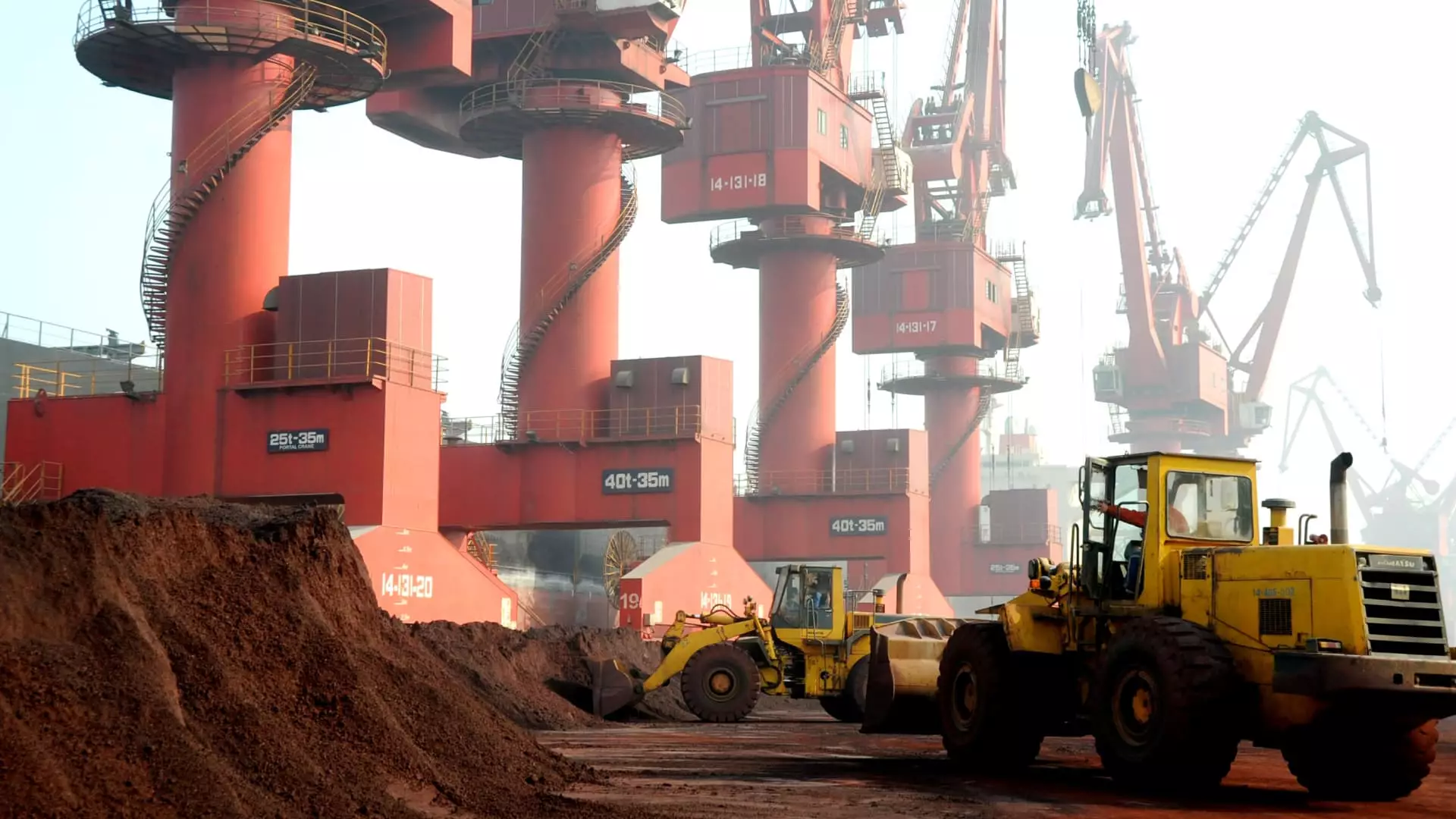Tungsten is a critical metal famed for its exceptional hardness and ability to withstand high temperatures, making it indispensable in diverse applications ranging from weapons manufacturing to semiconductor production. The global market for tungsten has historically been dominated by China, which has provided an overwhelming majority of the world’s supply. As geopolitical tensions rise, particularly between the United States and China, the dynamics of this critical metal market are poised for significant shifts.
In a notable change of pace, China is set to implement new export restrictions on tungsten starting December 1. This policy reversal serves as a pivotal moment, as it reflects a strategic move by the Chinese government in response to escalating U.S.-China tensions and a growing global outcry for alternative sources of tungsten. The new regulations require businesses wishing to export tungsten to acquire licenses, especially for those products deemed as “dual-use,” which could serve both civilian and military purposes.
Analysts have highlighted that China’s historical approach to the tungsten market involved flooding it with cheap supply to undermine global competitors, an action that allowed it to command around 80% of the tungsten supply chain. This strategy is now being redesigned as China seeks to regulate its tungsten market more strictly, potentially reshaping the landscape of global tungsten trade.
The U.S. Defense Department has announced a ban on contractors purchasing China-mined tungsten effective January 2027, further complicating existing trade dynamics. Such policies not only signal a growing distrust but also prompt a robust exploration of alternative sources for this critical mineral. Experts argue that the timing of these export restrictions may be too late for China in the tungsten market, as demand from the U.S. for non-Chinese tungsten is on the rise.
Christopher Ecclestone, a mining strategist at Hallgarten & Company, notes that while China tightens its grip on tungsten exports, it inadvertently may increase the profitability of mining initiatives outside of China. Higher prices in the U.S. could bolster production levels elsewhere, adding competition to the market as other countries ramp up their tungsten production capabilities.
Expanding Production Capabilities Outside of China
As the U.S. ramps up tariffs on Chinese tungsten imports—recently increased by 25%—there is a renewed interest in domestic tungsten mining. The U.S. has been devoid of commercial tungsten mining since 2015, yet recent developments suggest this landscape may be changing. Notably, the Sangdong mine in South Korea, which has been dormant since 1994, is on a trajectory to resume operations. Canada-based Almonty Industries aims to restore this significant mine, targeting a partial production ramp-up by the summer of 2025.
This mine’s rejuvenation could play a crucial role in supporting the U.S. market’s efforts to establish a more independent tungsten supply chain. With the U.S. Geological Survey reporting significant tungsten deposits in various states, such as Idaho and Alaska, the potential for rejuvenating the domestic tungsten mining industry appears promising.
Strategic Partnerships and Economic Ramifications
In the context of the shifting tungsten landscape, U.S. reliance on foreign sources—particularly those aligned with Western interests—may become a critical component of its strategic mineral procurement. Gracelin Baskaran from the Center for Strategic and International Studies notes that “friendshoring,” or sourcing materials from allied nations, might be essential in the medium term. The partnership established between Almonty Industries and U.S. firms emphasizes the growing inclination for long-term supply contracts that could mitigate reliance on Chinese tungsten.
As countries like South Korea and Canada ramp up their production capabilities, the positive ripple effects on local economies are expected. The Sangdong mine, for instance, is projected to create significant direct and indirect employment opportunities. Local governments are actively incentivizing foreign investments to bolster economic growth stemming from mining activities.
The recent export restrictions by China mark a significant inflection point in the global tungsten market, prompting a reevaluation of supply chains that have long been dominated by Chinese exports. The increasing tariffs and policy reconfigurations by the U.S. signal a broader strategic endeavor to secure essential minerals in a climate of escalating geopolitical competition. As the market witnesses advancements in production capabilities outside China, it holds the potential to stabilize prices and diversify sources over time. How the shifts in policies and production capabilities will shape global tungsten dynamics in the coming years remains to be seen, but the implications for both national security and economic stability are profound.

Leave a Reply